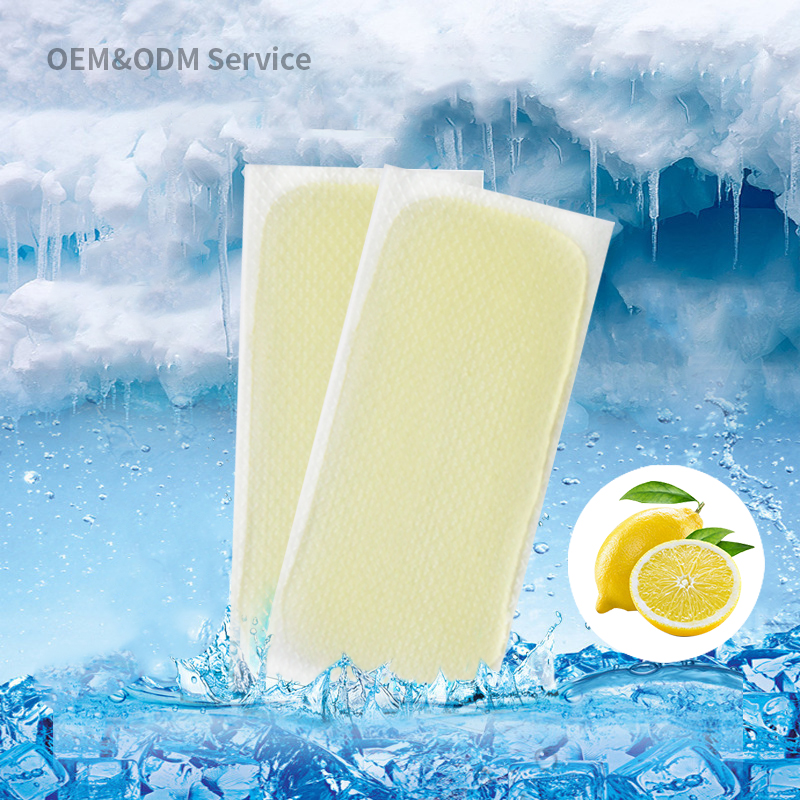Optimizing Manufacturing Processes for Private Label Transdermal Patch Contract Manufacturing: The Road to Higher Efficiency and Quality
Optimizing Manufacturing Processes for Private Label Transdermal Patch Contract Manufacturing: The Road to Higher Efficiency and Quality
In the competitive world of Private Label Transdermal Patch Contract Manufacturing, OEM manufacturers constantly strive to enhance their manufacturing processes to achieve higher efficiency and quality. Transdermal patches, as a drug delivery system, require precision and accuracy in every step of the production process to ensure the safety and efficacy of the final product. This article delves into the strategies and techniques OEM manufacturers can adopt to optimize their manufacturing processes for custom transdermal patches.
1. Streamlining Production Workflow
The first step towards achieving higher efficiency is to streamline the production workflow. OEM manufacturers need to identify bottlenecks and inefficiencies in their current processes and eliminate them. This can be achieved through lean manufacturing techniques, which focus on minimizing waste, maximizing value, and creating a flexible production system. By optimizing the layout of the production line, reducing setup times, and ensuring smooth material flow, manufacturers can significantly improve the speed and efficiency of their operations.
2. Implementing Automation and Robotics
Automation and robotics play a crucial role in enhancing the efficiency and quality of transdermal patch production. OEM manufacturers can invest in automated machines and robots to perform repetitive and labor-intensive tasks, such as cutting, laminating, and packaging. This not only reduces the need for manual labor but also ensures consistency and accuracy in the production process. Additionally, automation helps in reducing human errors, enhancing product quality, and freeing up employees for more value-added tasks.
3. Adopting Advanced Manufacturing Technologies
The use of advanced manufacturing technologies can significantly improve the efficiency and quality of transdermal patch production. For instance, OEM manufacturers can utilize precision cutting and coating technologies to ensure accurate dosing and uniform drug distribution. Technologies like laser cutting and micro-embossing can also be employed to create intricate patch designs and enhance the adhesion properties of the patches. Furthermore, the integration of quality control systems, such as inline inspection and testing equipment, helps in detecting defects early on and ensuring only high-quality patches reach the market.
4. Investing in Research and Development
Continuous investment in research and development (R&D) is crucial for OEM manufacturers to stay ahead in the competition. By investing in R&D, manufacturers can develop innovative materials, adhesives, and drug delivery systems that improve the performance and safety of their transdermal patches. Additionally, R&D efforts can help manufacturers explore new manufacturing techniques and processes that further enhance efficiency and quality.
5. Establishing Robust Quality Control Systems
A robust quality control system is essential for ensuring the quality of custom transdermal patches. OEM manufacturers should establish strict quality standards and procedures that cover all stages of the manufacturing process. This includes raw material inspection, in-process testing, final product inspection, and post-market surveillance. By regularly monitoring and improving their quality control systems, manufacturers can minimize defects, reduce rejections, and enhance customer satisfaction.
6. Fostering Collaborations and Partnerships
Collaborating with suppliers, research institutions, and other OEM manufacturers can provide OEM manufacturers with access to new technologies, materials, and knowledge that can further optimize their manufacturing processes. Through partnerships and collaborations, manufacturers can share best practices, jointly develop innovative solutions, and reduce costs by leveraging each other's resources and capabilities.
Conclusion
Optimizing manufacturing processes for Private Label Transdermal Patch Contract Manufacturing requires a multifaceted approach. By streamlining production workflows, implementing automation and robotics, adopting advanced manufacturing technologies, investing in R&D, establishing robust quality control systems, and fostering collaborations and partnerships, OEM manufacturers can achieve higher efficiency and quality in transdermal patch production. This, in turn, will help them gain a competitive edge in the market and deliver safe, effective, and high-quality custom transdermal patches to their customers.






